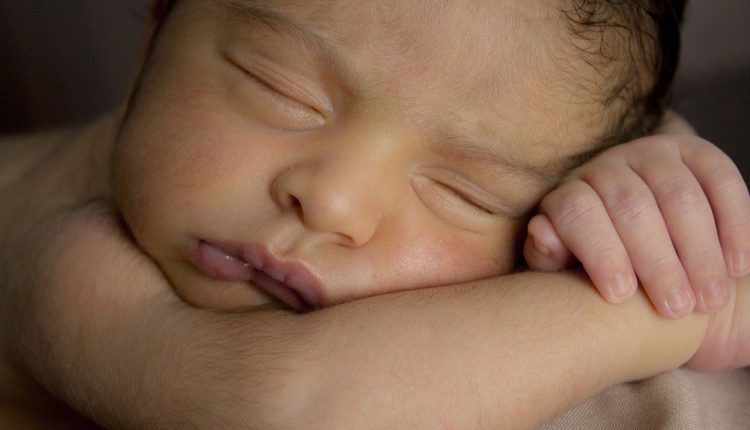
Congenital malformations: cleft lip and palate
Cleft lip – also known as cheiloschisis or, more commonly, as ‘harelip’ – is a fairly common congenital malformation (the incidence is one case per 1000 live births) due to the failure of the two portions of the upper lip of the newborn child to seal together
Labioschisis can manifest itself in more or less severe forms: from a small cleft in the skin of the lip to complete separation of the nasal passages
The cleft can occur only on one side of the infant’s lip (unilateral) or on both (bilateral). Some rarer forms have the cleft in the middle of the upper lip or on the lower lip.
Cleft palate, on the other hand, is a congenital malformation of the palate.
It presents as a cleft in the front part of the hard palate; in more severe forms it also affects the alveolar margin of the palate, the palatine vault, the soft palate and the uvula.
Cleft lip can be accompanied by cleft palate (cleft lip-palate), dental anomalies, cartilage malformations or a lack of sealing of the jaw and nasal bones.
Causes of cleft lip and palate
During the first few weeks of pregnancy, the sides of the face develop individually and then, as a rule, weld together.
Cleft lip and cleft palate are the result of an incorrectly performed welding.
The causes leading to cleft lip and cleft palate have not yet been ascertained: it is thought that these malformations, which are created in the foetus by the third month of pregnancy, may be caused by infections, medication, smoking or alcohol abuse on the part of the mother.
Usually, if there are similar cases in the family, the infant is more likely to develop cleft lip or cleft palate.
Problems associated with cleft lip and palate
Cleft lip leads to feeding problems, as the infant may have difficulty sucking and therefore being properly breastfed: special bottles and teats are used in such cases.
In addition to aesthetic and psychological problems, the malformation can also lead to defects in the development of the teeth and speech difficulties: it is possible that, even after correction surgery, the child grows up to have difficulty speaking normally and requires speech therapy.
Cleft palate can also cause additional problems related to bronchopulmonary aspiration infections (such as pneumonia) and inner ear infections caused by liquids (saliva, milk) that can invade the child’s ear canal through the cleft in the palate.
Surgery
The treatment of cleft lip involves plastic surgery to be performed as soon as possible (usually within the first two months of life), with subsequent revisions over the years.
The operation is usually performed under general anaesthesia and lasts approximately one to two hours: the surgeon works by reconstructing the skin and muscles of the lip, without having to use tissue taken from other parts of the body.
The most common problem in cleft lip repair surgery is related to the asymmetry of the cleft.
It is not uncommon that more than one operation is needed, with the risk of leaving a conspicuous scar on the child’s lip.
In cleft palate correction surgery, incisions are made along both sides of the cleft; the two edges are then brought closer together and secured with stitches to allow the palate to heal.
After the operation, care must be taken to ensure that the child does not touch or rub the lip, so as to avoid the opening of the sutures (in the event, a new operation would be necessary) and to allow rapid healing.
Feeding will consist of liquid food or, if the child’s age permits, soft food (such as fruit or vegetable puree), to be administered carefully, using a syringe with a rubber tip or the side of a spoon, taking care not to touch the wound.
Read Also:
Emergency Live Even More…Live: Download The New Free App Of Your Newspaper For IOS And Android
Sore Throat: How To Diagnose Strep Throat?
Sore Throat: When Is It Caused By Streptococcus?
Pharyngotonsillitis: Symptoms And Diagnosis
Cleft Lip And Palate: Breastfeeding And Prenatal Diagnosis
Ectopia Cordis: Types, Classification, Causes, Associated Malformations, Prognosis
Alcoholic And Arrhythmogenic Right Ventricular Cardiomyopathy



